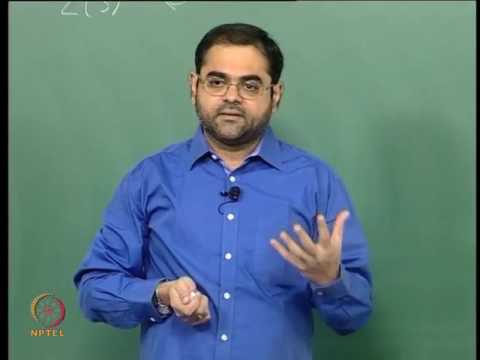Description:
Instructor: Dr. T. E. Venkata Balaji, Department of Mathematics, IIT Madras.
This course is an introduction to Algebraic Geometry, whose aim is to study the geometry underlying the set of common zeros of a collection of polynomial equations. It sets up the language of varieties and of morphisms between them and studies their topological and manifold-theoretic properties. Commutative Algebra is the "calculus" that Algebraic Geometry uses. Therefore a prerequisite for this course would be a course in Algebra covering basic aspects of commutative rings and some field theory, as also a course on elementary Topology. However, the necessary results from Commutative Algebra and Field Theory would be recalled as and when required during the course for the benefit of the students.

Basic Algebraic Geometry - Varieties, Morphisms, Local Rings, Function Fields and Nonsingularity
Add to list